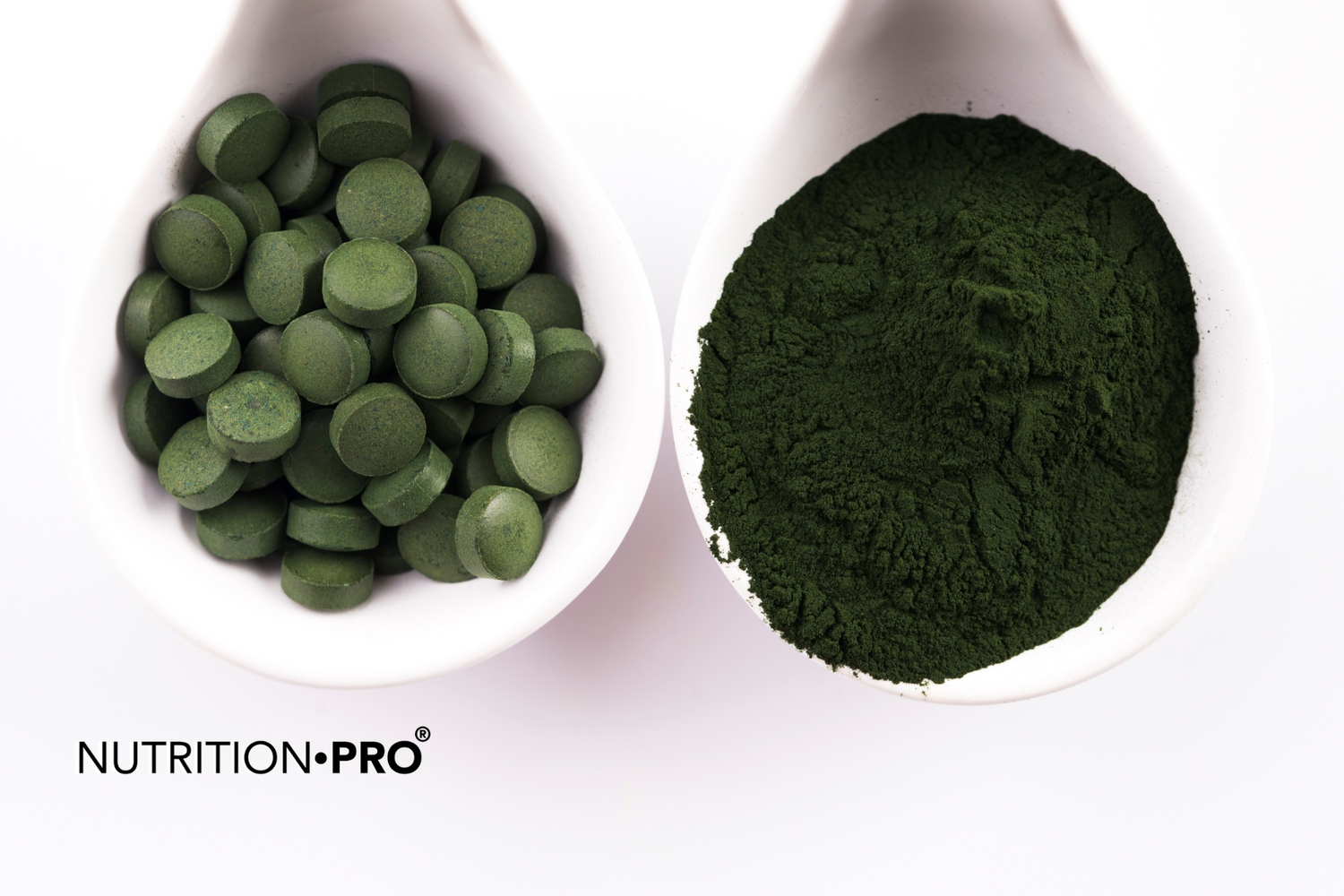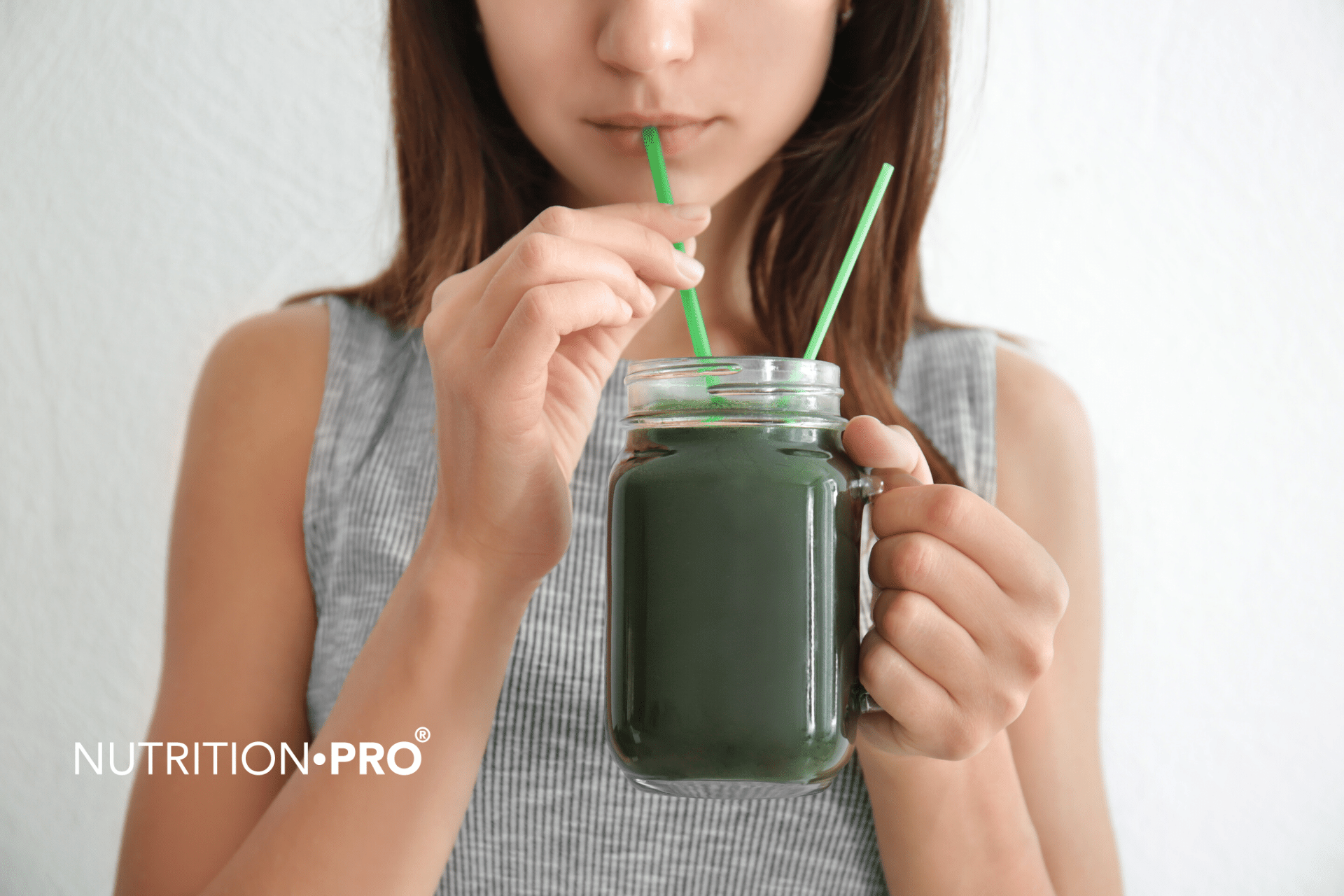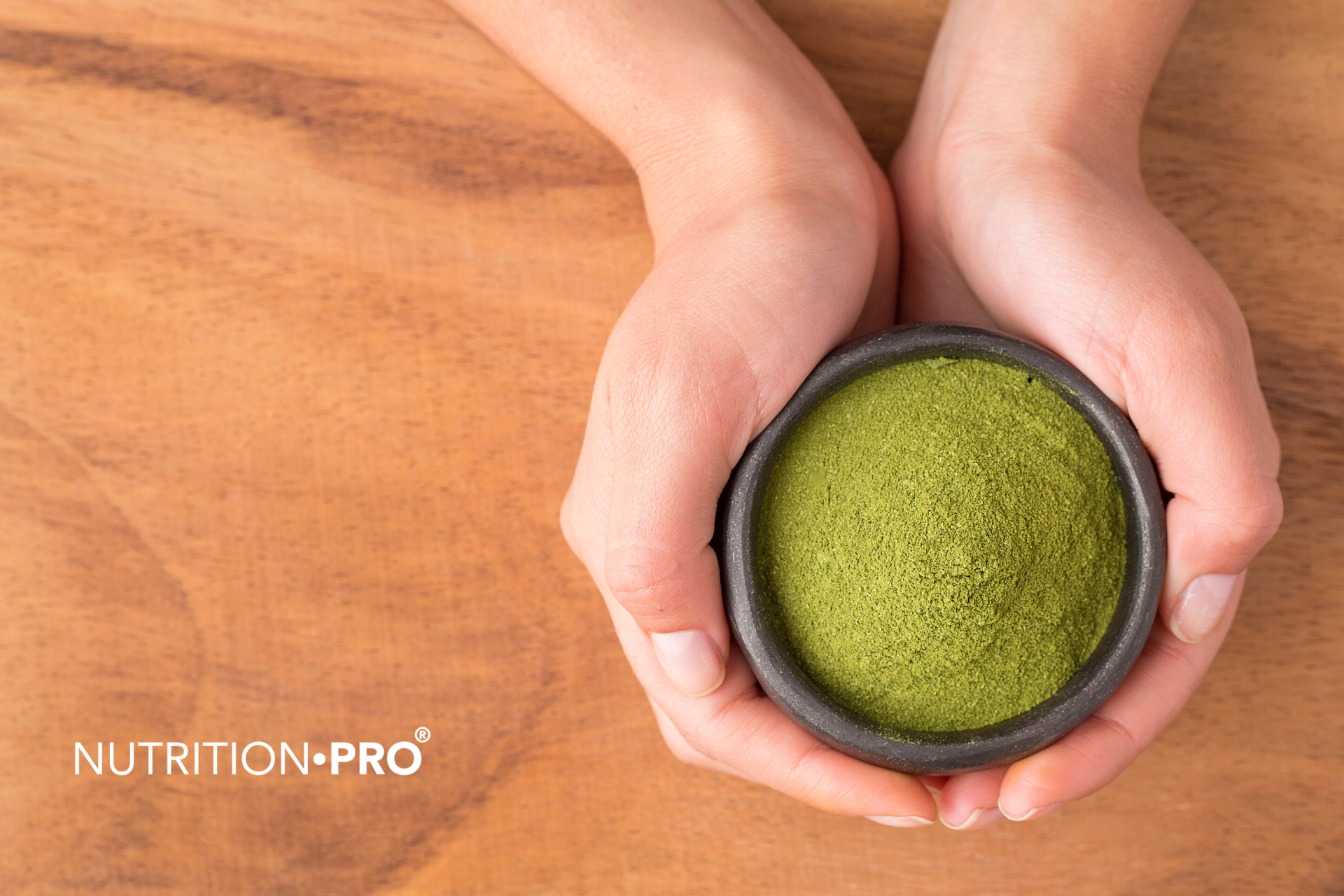Chlorella and spirulina are the most consumed and popular algae on the food supplement market and are essential allies of naturopaths.
These two superfoods with exceptional health benefits are both comparable and complementary !
Popular belief holds that both are the same type of algae. Erroneously, their first difference is that in reality chlorella is a freshwater green algae and spirulina is a saltwater blue-green algae .
What are the differences in composition between chlorella and spirulina?
Although their protein, carbohydrate, and fat compositions are very similar, their most notable nutritional differences are in their calorie, vitamin, and mineral content.
In reality, they complement each other more than they oppose :
Chlorella contains more:
- calories
- Omega-3 fatty acids
- Provitamin A
- Riboflavin (Vit.B2)
- Magnesium
- Of iron
- Phosphorus
- Zinc
- Omega-3
Spirulina contains more than:
- protein
- Thiamine (Vit.B1)
- Of iron
- Of copper
- Omega-6
Both are high in antioxidants , compounds that interact with and neutralize free radicals in your body to prevent cell and tissue damage. They act as natural detoxifying agents .
Interestingly, both contain protein with all nine essential amino acids , a rarity for a vegetarian food source .
WHAT ARE THEIR HEALTH BENEFITS?
Both chlorella and spirulina are rich in vital minerals and nutrients and have many health benefits .
They have been studied for their ability to help prevent heart disease , maintain healthy blood sugar and blood pressure , as well as detoxify the body of heavy metals, boost our immunity , help regulate sugar levels in the blood and fight against deficiencies in essential nutritional elements .
Can you take spirulina and chlorella together?
Yes, spirulina and chlorella can be consumed together without adverse health effects.
Both provide different nutrients, so mixing them together will give you an even bigger nutrient boost.
However, you can also take them separately.















